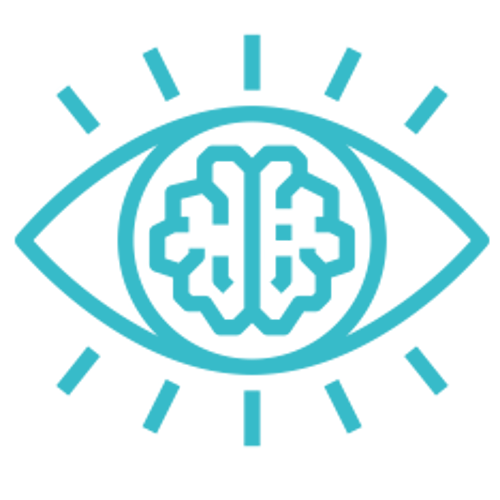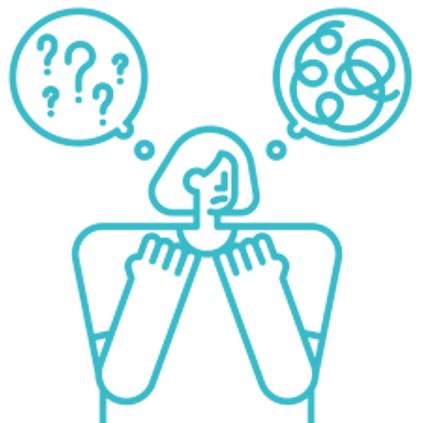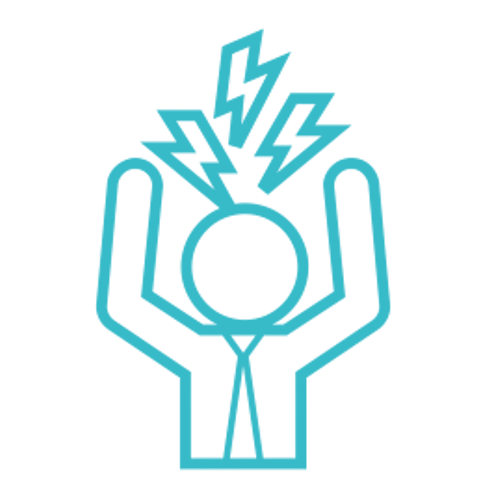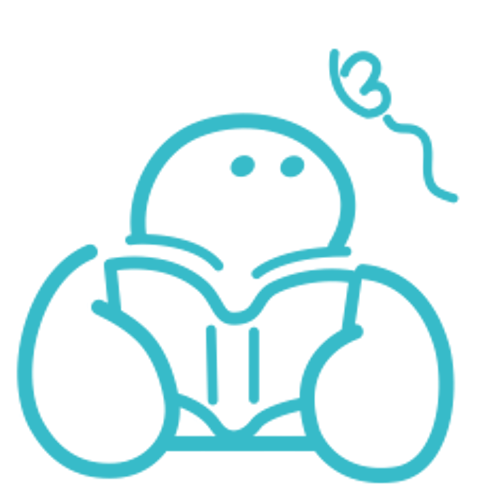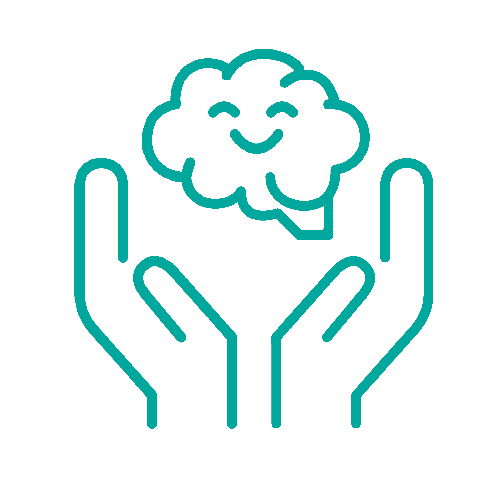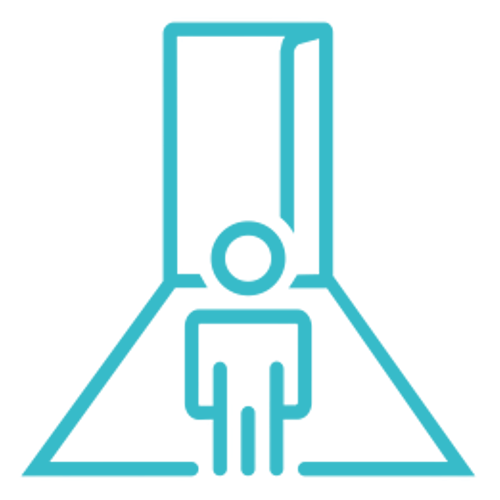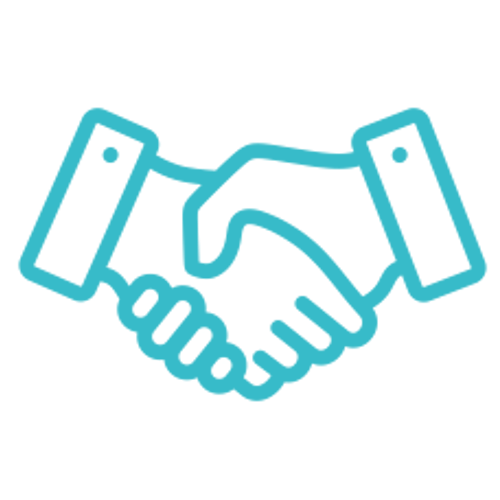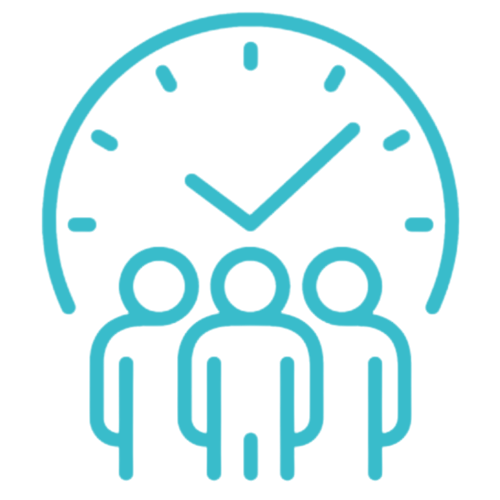Family, they say, is where life begins and love never ends. But what happens when your family dynamics are far from the idyllic scenes we see in movies? Dealing with a dysfunctional family can be challenging, but it’s important to remember that you’re not alone. Many people face similar struggles. In this blog, we’ll explore seven practical tips to help you navigate the complexities of a dysfunctional family with grace and resilience.
Dysfunctional Family Signs
Lack of Open Communication:
What is a dysfunctional family? In a dysfunctional family, communication resembles a bridge in disrepair. It’s a fundamental element that should connect family members, but instead, it’s fraught with potholes and missing planks. Conversations about important topics are often sidestepped, as if walking on eggshells. Family members may choose silence over dialogue, fearing the emotional landmines that lie beneath the surface.
When communication does occur, it frequently escalates into shouting matches and heated arguments. It’s as if the pressure built up over time bursts forth in an explosive release of emotions. This lack of open communication not only hinders problem-solving but also deepens the chasm between family members, leaving them feeling unheard and isolated.
Conflict and Tension:
Within a dysfunctional family, the air is often thick with unresolved conflicts and palpable tension. These conflicts can seem trivial on the surface, like disputes over minor issues, but they’re merely the tip of the iceberg. Underneath, there are deeper, more complex issues at play, simmering and ready to boil over at any moment.
What makes matters worse is that these conflicts rarely find resolution. They linger like a persistent raincloud, casting a shadow over daily interactions. This unresolved tension, a typical dysfunctional family sign, becomes a heavy burden that weighs on family members, making them perpetually on edge, waiting for the next eruption.
Unhealthy Power Dynamics:
Picture a dysfunctional family as a theater stage where some actors play their roles with exaggerated intensity while others remain in the shadows. Unhealthy power dynamics are like the script that dictates who holds the spotlight and who stays in the background. In these families, one or more members often wield disproportionate control over others, leaving the rest feeling powerless and resentful.
It’s akin to a seesaw where one side is perpetually weighed down. This power imbalance in dysfunctional family dynamics creates a sense of helplessness among those on the disadvantaged end, leading to feelings of frustration and bitterness.
Emotional Neglect:
In a dysfunctional family, emotions often remain locked away, like treasures hidden in a forgotten chest. Expressions of love, support, and affection become rare commodities. Family members may hunger for emotional nourishment but find their cups empty, leading to a pervasive sense of emotional emptiness.
Imagine a garden left unattended, withering from lack of care and water. In a similar vein, emotional neglect can cause emotional desolation within the family unit. It’s not that love doesn’t exist; it’s just hidden beneath layers of unspoken pain and unresolved issues.
Lack of Boundaries:
In a dysfunctional family, boundaries are like invisible fences that are either absent or frequently trespassed. Personal space becomes a nebulous concept, with family members invading each other’s privacy without hesitation.
Imagine living in a house where doors never close, and walls never separate. It’s an environment where personal boundaries become blurred, making it challenging to establish a sense of individual identity. This lack of boundaries can lead to confusion, frustration, and a constant feeling of being exposed.
Addiction or Substance Abuse:
Substance abuse issues, like a toxic cloud, often hang heavy over dysfunctional families. It’s a coping mechanism gone awry, exacerbating existing problems and sowing the seeds of new ones.
Addiction can transform the family dynamic into a battleground, with everyone fighting their private demons. Trust erodes, relationships strain, and the family becomes a casualty of the substance’s destructive power. It’s a painful reminder of the need for healing and intervention.
Codependency:
Within the tangled web of a dysfunctional family, codependent relationships often take center stage. Family members may become enmeshed, relying too heavily on each other for emotional support, validation, or even survival. It’s like a complex dance where everyone’s steps are dictated by the needs and expectations of others.
Codependency may seem like an expression of love and commitment, but it often leads to enabling destructive behaviors and sacrificing one’s own well-being. It’s a precarious balance that needs to be untangled for true healing to occur.
Emotional or Physical Abuse:
Abuse, whether emotional, verbal, or physical, is a dark cloud that looms over dysfunctional families. It’s the thunderstorm that strikes fear into the hearts of family members. This abuse creates an atmosphere of constant tension and fear, where walking on eggshells becomes the norm.
The scars left by emotional or physical abuse run deep and can have long-lasting negative effects on family members, both physically and mentally. Healing from these wounds often requires professional intervention and a commitment to breaking the cycle of abuse.
Role Confusion:
In a dysfunctional family, roles within the family unit can be like puzzle pieces forced into the wrong places. Children may be thrust into roles typically reserved for adults, becoming caregivers or taking on responsibilities beyond their years. This role confusion can lead to a sense of imbalance and a lack of clear identity.
Imagine a child trying to wear their parent’s shoes; it’s a mismatch that creates discomfort and uncertainty. Over time, role confusion can erode self-esteem and hinder healthy development.
Isolation:
Dysfunctional families often build walls around themselves, isolating from external support systems. Friends and extended family members may be kept at arm’s length, hidden behind a facade of normalcy. This isolation serves to protect family secrets and maintain the status quo.
Yet, this isolation can also be suffocating, like a room with no windows. It prevents fresh air and new perspectives from entering the family’s world, perpetuating the dysfunction and reinforcing the belief that there’s no way out.
Inconsistent or Arbitrary Rules:
Imagine living in a house with rules that change like the weather—unpredictable and arbitrary. In dysfunctional families, rules may be inconsistently applied, leading to confusion and resentment among family members. What’s acceptable one day may be forbidden the next, creating an atmosphere of uncertainty.
This inconsistency can feel like walking through a maze blindfolded, never knowing when you’ll hit a dead-end. It undermines trust within the family and hinders the development of a stable, secure environment.
Blame and Scapegoating:
In the world of dysfunctional families, blame and scapegoating are like a toxic cocktail that poisons relationships. It’s a survival mechanism, where one family member is unfairly singled out and held responsible for all the family’s problems.
Imagine carrying a burden that doesn’t belong to you, the weight of blame for issues beyond your control. Scapegoating leads to a distorted self-image and profound feelings of shame and low self-esteem. It’s a painful cycle that perpetuates dysfunction and stifles personal growth.
6 Tips for Navigating Dysfunctional Family Dynamics
1. Establish Boundaries:
In the often turbulent sea of a dysfunctional family, setting boundaries is like having a sturdy anchor that keeps you grounded. These boundaries are not walls designed to keep others out, but rather fences that protect your mental and emotional well-being. Picture them as your personal space, a safe haven amidst the chaos.
Communicating your boundaries is an art in itself. Approach it calmly and assertively, like a diplomat addressing a delicate international issue. Use “I” statements to express your needs and limits. For example, say, “I feel overwhelmed when there’s constant criticism,” instead of accusing, “You’re always criticizing me!” This approach shifts the conversation from blame to understanding.
Enforcing your boundaries is where the rubber meets the road. It’s important to remember that saying “no” is not a declaration of war; it’s a declaration of self-respect. When something doesn’t align with your values or threatens your well-being, it’s not just okay to say no—it’s necessary.
2. Self-Care Matters:
Imagine a car running on an empty tank; it won’t get far. Similarly, neglecting self-care in a dysfunctional family environment can leave you emotionally drained and running on fumes. Self-care isn’t selfish; it’s a lifeline to maintain your own mental and emotional health.
Self-care takes many forms. It could be the simplicity of taking a leisurely walk in the park or the profound transformation that comes from therapy or counseling. It’s like tending to the garden of your mind and soul, nurturing the seeds of self-compassion and resilience.
Remember that self-compassion isn’t a luxury; it’s a necessity. Treat yourself with the same kindness and understanding that you extend to others. In the stormy seas of family dysfunction, self-compassion is the lifeboat that keeps you afloat.
3. Seek Support Outside the Family:
In the pursuit of stability and understanding, sometimes the most valuable support doesn’t come from within the family circle. Friends, support groups, or therapists can provide fresh perspectives and emotional lifelines.
Think of these external sources of support as lighthouses guiding your ship through the turbulent waters. They can offer insights, empathy, and a sense of belonging that may be missing within your family. Building a network of trusted individuals can help break the chains of isolation, offering validation for your experiences and empowering you to chart your own course.
4. Practice Empathy and Understanding:
When you’re in the midst of a dysfunctional family, it’s easy to focus on the wrongs committed against you. But practicing empathy and understanding, even in the face of hurtful behavior, can be profoundly transformative.
Consider the idea that your family members may also be struggling with their own battles, even if they don’t openly acknowledge it. Empathy doesn’t excuse their actions, but it can help you cope better with the challenges you face. Instead of fixating on changing others, shift your focus to how you respond to their actions when you notice dysfunctional family signs. This shift can be a catalyst for healthier interactions within your family.
5. Communication Is Key:
Imagine communication as a bridge connecting distant shores. In a dysfunctional family, this bridge can be rickety and unstable, but it’s crucial to maintain it. Effective communication is a cornerstone for positive change.
Approach conversations with openness and honesty, but choose your timing and setting wisely. Some conversations are better suited for calm waters rather than during a tempest. Using “I” statements can transform confrontations into constructive dialogues. Express your feelings and concerns without accusing or blaming, creating an atmosphere where everyone feels heard and respected.
Active listening is equally vital. Instead of merely waiting for your turn to speak, genuinely hear what others are saying. It’s like tuning into different radio stations; you might not like every song, but understanding the melody can make the discord more bearable.
6. Manage Expectations:
In the quest for a harmonious family, it’s important to manage your expectations. The truth is, you may not be able to change your family members or the dynamics overnight—or ever. Accepting this reality is a powerful step toward inner peace.
Think of it as embarking on a long journey. You may not reach your destination as quickly as you’d like, but every step you take contributes to your growth and well-being. Sometimes, the most significant changes begin with individual transformation. By managing your expectations and focusing on your personal development, you become the captain of your own ship, navigating the tumultuous waters of family dysfunction with resilience and grace.
In the end, remember that you are not defined by your family’s dysfunction. Your journey is your own, and these tips can serve as your compass, guiding you toward a brighter horizon where you can find peace and happiness, even in the face of adversity.
Navigating dysfunctional family dynamics is hard! Get help from a NYC therapist today.
Navigating dysfunctional family dynamics can be a complex and emotionally challenging journey that significantly impacts your well-being and personal growth. At Uncover Mental Health Counseling, we’re here to support you in addressing and navigating these dynamics effectively. Follow these steps to begin your journey towards healthier family relationships:
- Reach out to Uncover Mental Health Counseling, to schedule a free 15 min consultation.
- Connect with one of our experienced therapists who specialize in dysfunctional family dynamics.
- Embark on a path of self-discovery and healing, receiving the support and guidance needed to navigate and improve family relationships, fostering a healthier and more harmonious family life.

